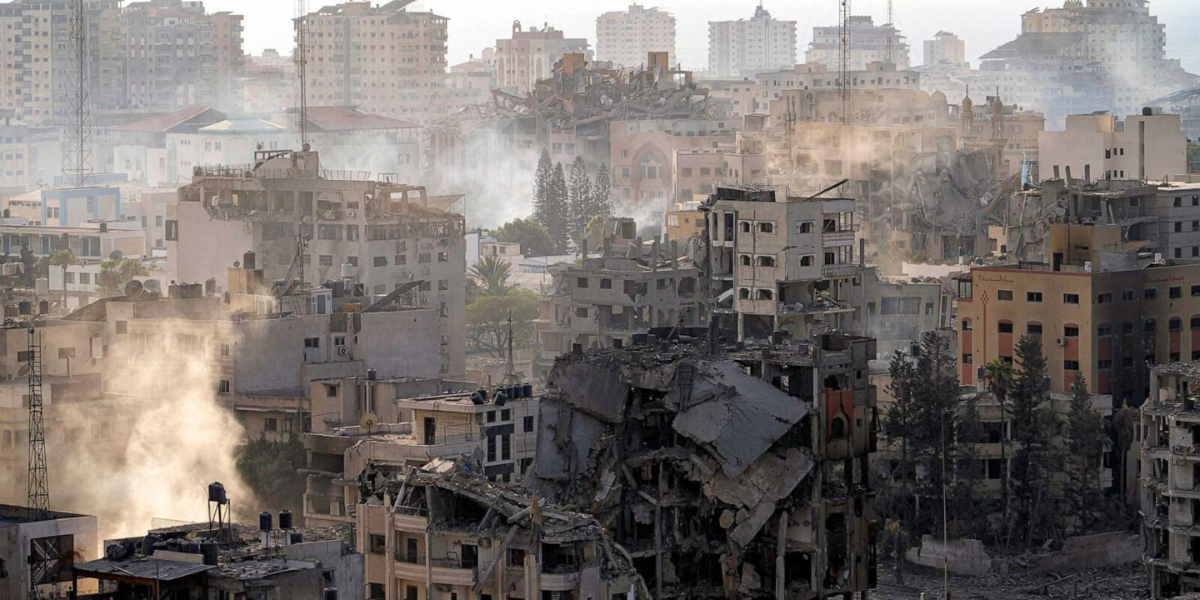The Israel-Hamas conflict is a longstanding and deeply rooted geopolitical issue that has garnered global attention for decades. This protracted conflict, marked by periods of intense violence and tenuous ceasefires, involves complex historical, political, and cultural dimensions that make it a challenging subject to comprehend fully. In this blog post, we will explore the origins of the conflict, its key players, and the ongoing challenges faced in achieving a lasting resolution.
History
To understand the Israel-Hamas conflict, one must delve into the historical backdrop that set the stage for the current state of affairs. The roots of the conflict trace back to the late 19th century when the Zionist movement emerged, advocating for the establishment of a Jewish homeland in Palestine. The subsequent establishment of the State of Israel in 1948 led to the displacement of hundreds of thousands of Palestinian Arabs, laying the groundwork for decades of tension.
Key Players:
1. Israel:
Israel, established in 1948, is a key player in the conflict. Its policies and actions in the region, including settlement expansion in the West Bank and East Jerusalem, have been a source of contention.
2. Hamas:
Hamas, an Islamist political and militant group, was founded in the late 1980s. It gained prominence in the Gaza Strip and became a key player in Palestinian politics. While some view Hamas as a resistance movement, others label it a terrorist organization, contributing to the complexity of the conflict.
3. International Community:
Various international actors, including the United States, European Union, and the United Nations, have played roles in mediating and influencing the conflict. Differing geopolitical interests further complicate the pursuit of a peaceful resolution.
Escalations and Ceasefires:
The conflict has witnessed multiple escalations, with notable conflicts in 2008-2009, 2012, and 2014. These periods of intense violence have resulted in significant casualties and further strained diplomatic efforts. Ceasefires have been brokered at various points, but the underlying issues persist, making a sustainable resolution elusive.

Challenges to Peace:
Several challenges hinder the achievement of a lasting peace in the region:
1. Territorial Disputes: Disputes over borders, particularly in the West Bank and East Jerusalem, remain a significant obstacle to peace negotiations.
2. Refugee Crisis: The displacement of Palestinian refugees and their right of return is a deeply rooted issue that continues to fuel tensions.
3. Security Concerns: Security concerns, including acts of terrorism and military responses, contribute to a cycle of violence that is difficult to break.
Conclusion:
The Israel-Hamas conflict is a multifaceted issue with deep historical roots and complex geopolitical dynamics. Achieving a sustainable resolution requires addressing the legitimate concerns and aspirations of both Israelis and Palestinians, fostering international cooperation, and navigating the intricate web of historical grievances. As the world watches developments in the region, the hope for a just and lasting peace remains a distant yet crucial goal.
Share this content: